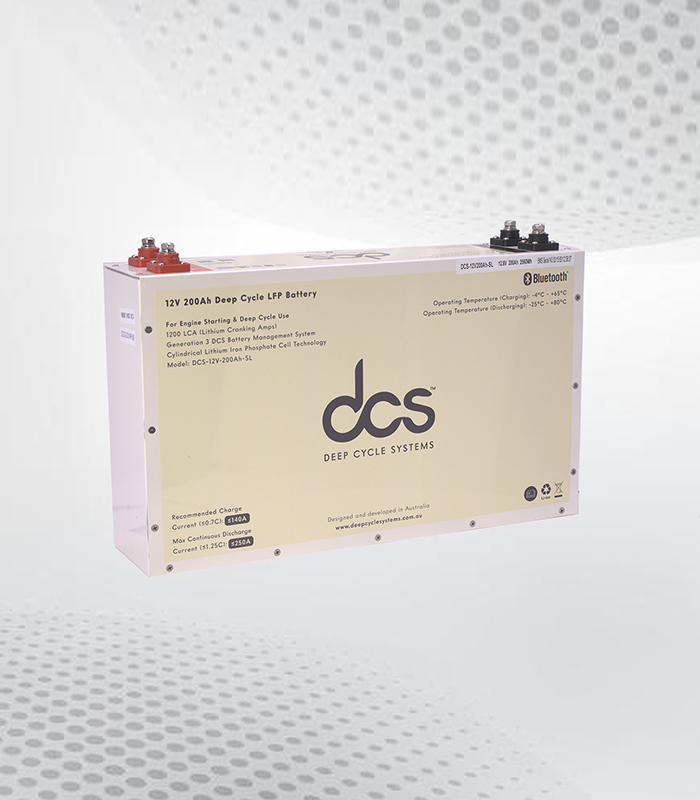A CRM ticketing system is a tool that helps businesses manage customer inquiries, issues, and requests in an organized and efficient way. It ensures that no query is missed, customers get timely responses, and teams can collaborate effectively. Here’s a simple breakdown of how a CRM ticketing system works:
1. Ticket Creation
When a customer reaches out with an issue—via email, chat, phone, or a web form—the system automatically creates a ticket.
- Each ticket is a record of the customer’s issue.
- It includes important details like the customer’s name, contact information, issue description, and the date/time it was reported.
For example, if a customer sends an email about a product issue, the system logs it as a ticket.
2. Ticket Categorization and Prioritization
The system then categorizes and prioritizes tickets based on the type and urgency of the issue.
- Categorization: Tickets can be grouped as “technical support,” “billing issues,” or “general queries.”
- Prioritization: Issues affecting business operations may be marked as high priority, while general questions might be set to low priority.
3. Ticket Assignment
Once categorized, tickets are assigned to the appropriate team or agent.
- Some systems use automation to route tickets to the best-suited agent based on their skills or workload.
- For instance, a technical query may go to the IT support team, while a refund request may be directed to the billing department.
4. Customer Communication
Agents use the CRM ticketing system to interact with customers.
- The system logs every message, so agents and customers can track the conversation in one place.
- Customers might get automatic updates when their ticket status changes, like when the issue is resolved or escalated.
5. Tracking and Monitoring
The system tracks the progress of each ticket:
- Agents can see the ticket’s status, such as open, in progress, or resolved.
- Managers can monitor ticket trends, agent performance, and customer satisfaction using built-in analytics.
6. Resolution and Closure
When the issue is resolved, the agent updates the ticket with the solution.
- If the customer is satisfied, the ticket is marked as closed.
- If more assistance is needed, the ticket remains open or is escalated to a higher-level team.
7. Reporting and Insights
The CRM ticketing system generates reports to help businesses improve their processes.
- Insights like average response time, resolution time, and most common issues help businesses identify areas for improvement.
- These insights ensure better customer service over time.
Key Benefits of a CRM Ticketing System
- Efficiency: Automates ticket handling, saving time for agents.
- Transparency: Keeps all communication and updates in one place.
- Customer Satisfaction: Ensures quicker resolutions and better experiences.
- Scalability: Handles increasing customer inquiries as your business grows.
Final Thoughts
A CRM ticketing system is a powerful tool that ensures seamless communication, faster issue resolution, and improved customer satisfaction. By organizing and automating the support process, it allows businesses to focus on building stronger relationships with their customers.
If you’re looking to implement or optimize your CRM system, consider to hire dedicated Microsoft Dynamics 365 developer. With their expertise, you can customize the platform to suit your business needs, streamline workflows, and provide an exceptional customer service experience. Start transforming your customer support today!




